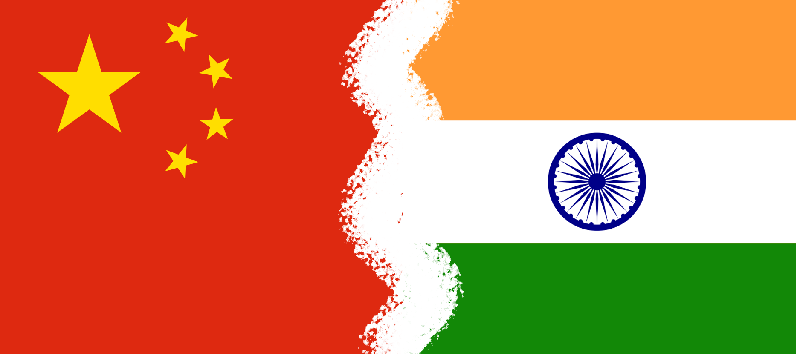China’s State Council has announced its plan to expand the weather modification system which would enable it to control weather conditions. The system would cover a total area of 5.5 million square kilometers for artificial rainfall, which is about 1.5 times the size of India.
The State Council further said that hail suppression would be beyond 580,000 square kilometers. The system is expected to be fully developed by 2025.
Weather modification would arrive at a worldwide advanced level in terms of operation, technologies, and services by 2035, the State Council said.
Analysts believe that in conflict areas with harsh temperatures, such a system could prove to be a weapon giving an edge to navigate the harsh weather conditions and difficult terrains for troop movement.

India and China are engaged in a border dispute in Eastern Ladakh for the past seven months, and their troops are now preparing for a long and harsh winter in the western Himalayas.
China has sought such a system for years now as it would help in fields like estimation for disasters such as drought and hail, and related zoning work in agricultural production areas and other emergency situations such as forest or grassland fires, and unusually high temperatures or droughts.
Artificial Rain During Beijing Olympics
In 2008, the Beijing Olympic organizers fired more than 1000 rockets in the sky to seed clouds to make it rain a day before the opening ceremony and to ensure a precipitation-free event. China uses this weather modification ahead of big days in the country.
Cloud seeding isn’t new and has been used in different countries for decades. It works by injecting small amounts of silver iodide and chloride salts using rockets or special aircraft which brings water vapor with a lot of moisture and then it condenses into water droplets leading to rainfall.
Such weather modifications can affect the weather of other nations as well. “The emergence of ambitious geoengineering technologies could exacerbate tensions and even hostility between nations such as India and China. Without regulation, one country’s efforts could affect other countries,” stated Dhanasree Jayaram, assistant professor, Centre for Climate Studies, Manipal Academy of Higher Education.
“While China has not yet shown signs of “unilaterally” deploying geoengineering projects on the ground, the scale of its weather modification and other massive engineering projects, including mega-dam projects (such as the Three Gorges), suggests China is willing to deploy large-scale geoengineering schemes to tackle the impacts of climate change and achieve its Paris targets,” she wrote.
China’s Strong-Arm Tactic
While India and China share the flow of the Brahmaputra (Yarlung Zangpo as the river is known in Tibet), the latter refused to share river data, which is crucial for issuing early warnings, during the 2017 Doklam standoff. This had sparked fears of floods in Assam.
Jayaram explained that such a weather modification system would “unpredictably affect local and transboundary ecosystems, precipitation patterns, and even the long-term regional climate. These variables could raise the importance of information and data sharing (transparency) that is at times held hostage by geopolitical dynamics, as was the case during the 2017 Doklam military standoff between India and China, when owing to “technical” reasons, the latter did not share water flow data with the former.”
Researchers at National Taiwan University said in a paper that the lack of checks can and balances to facilitate the implementation of potentially controversial projects could lead to situations like ‘rain stealing’ between neighboring countries.




